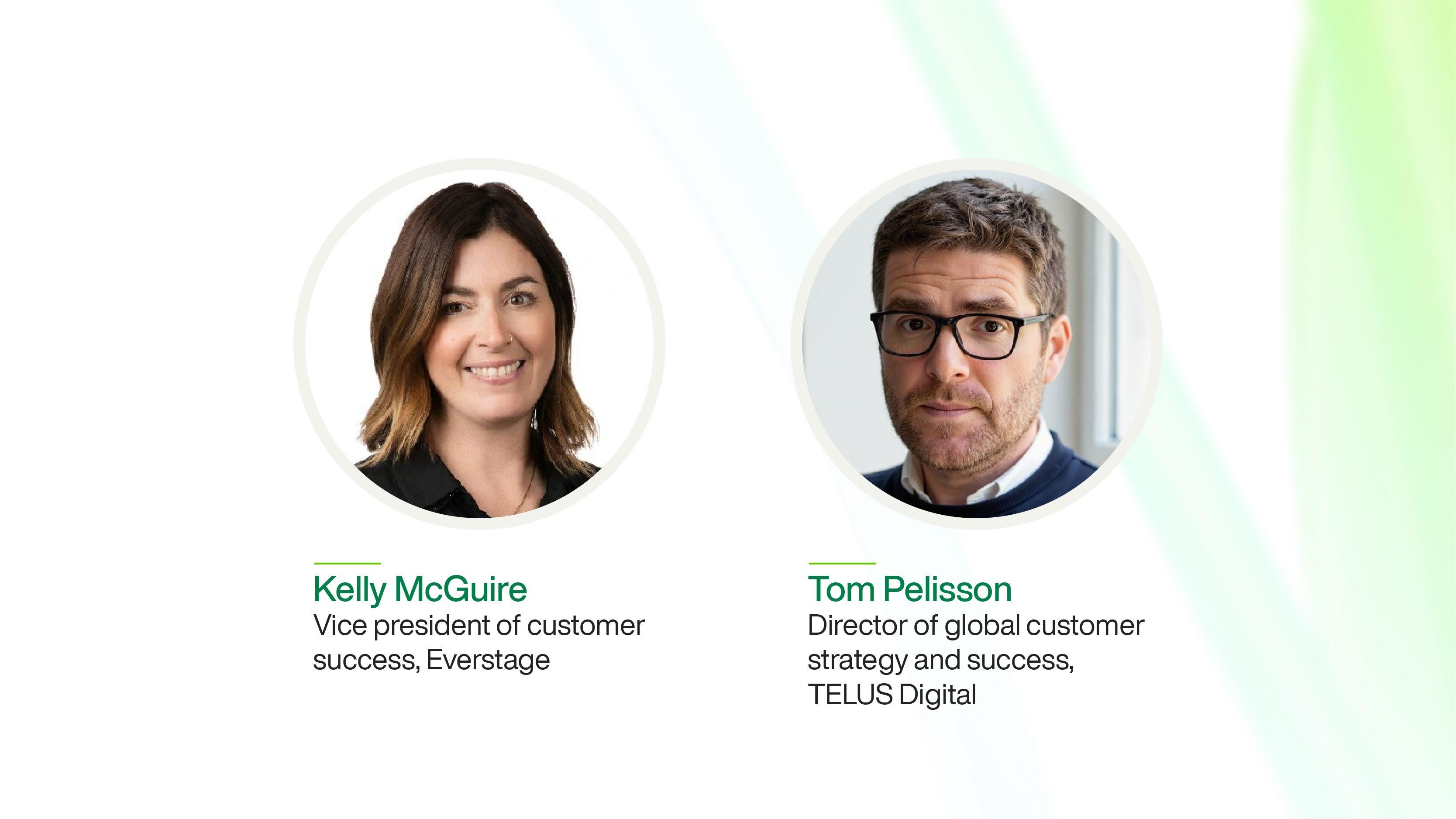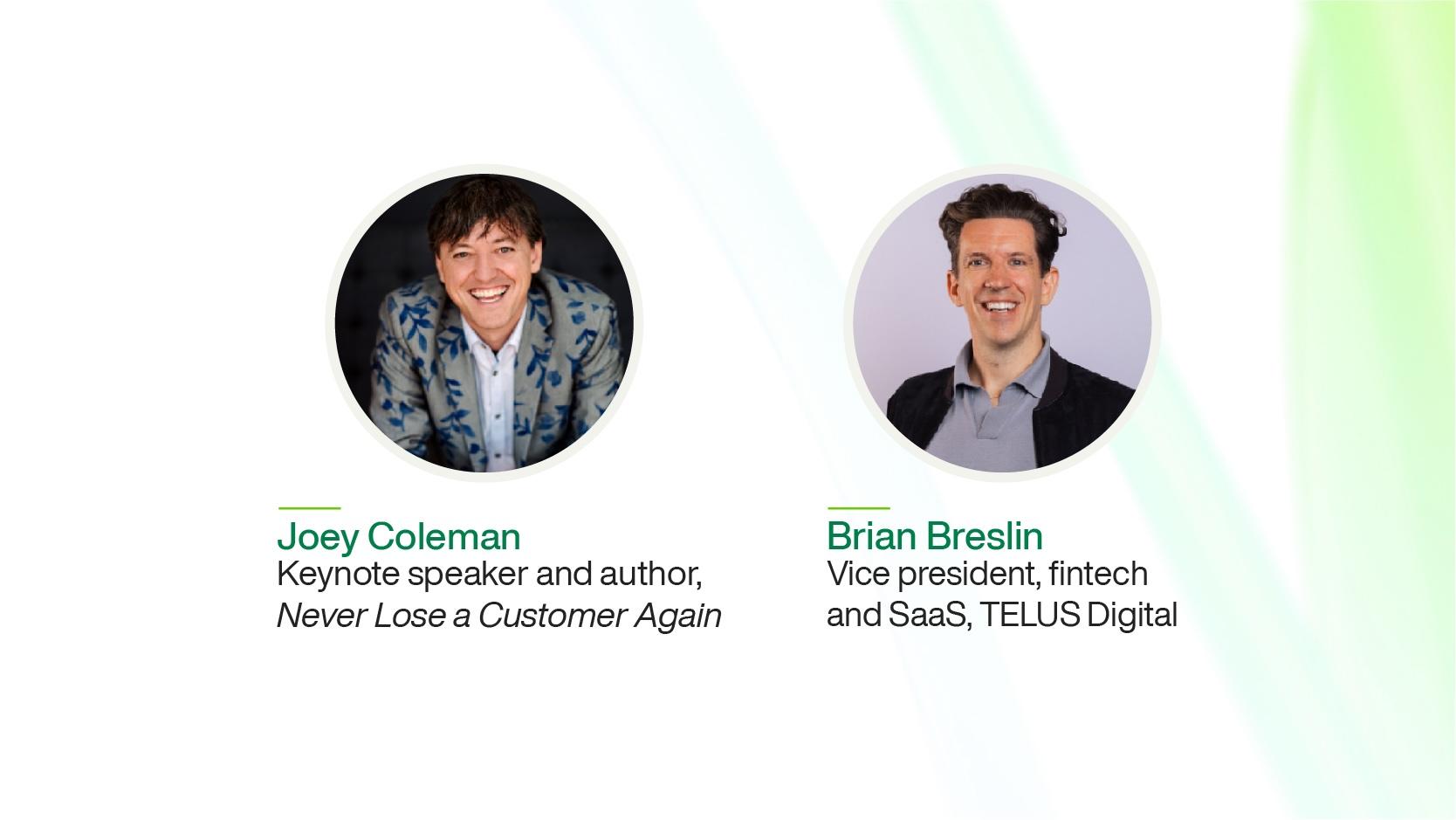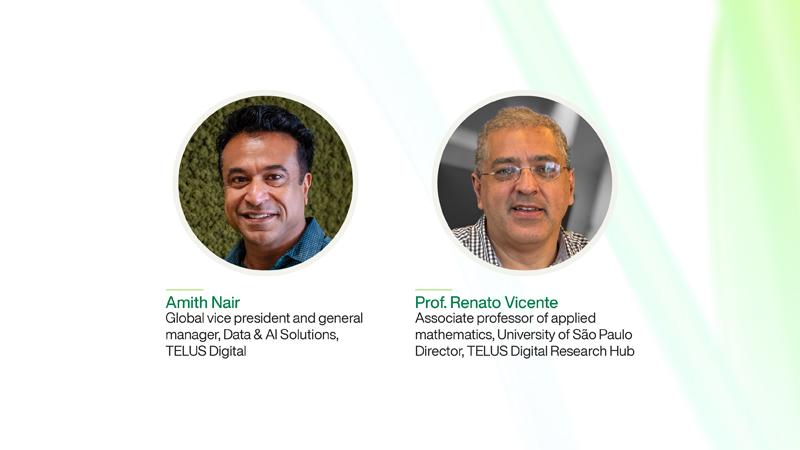On this episode, we discuss trust and safety trends — including emerging challenges and opportunities — and how the evolution of technology is shaping CX leaders' priorities in 2025.
Fraudulent activity, cyber attacks, data breaches and harmful user-generated content are on the rise. To combat these threats, robust trust and safety programs have become more important than ever. Our expert guests share how organizations are adapting their approaches despite resource constraints and explain why proactive trust and safety programs are crucial in delivering exceptional customer experiences.
Listen for the compelling insights of Peter Ryan, president and principal analyst at Ryan Strategic Advisory, and Ljubiša Velikić, vice president, trust and safety at TELUS Digital.
Show notes
Want to learn more about the latest trends in trust and safety programs? Download a copy of TELUS Digital's report, Safety in numbers: Trust and safety trends, 2025.
Guests
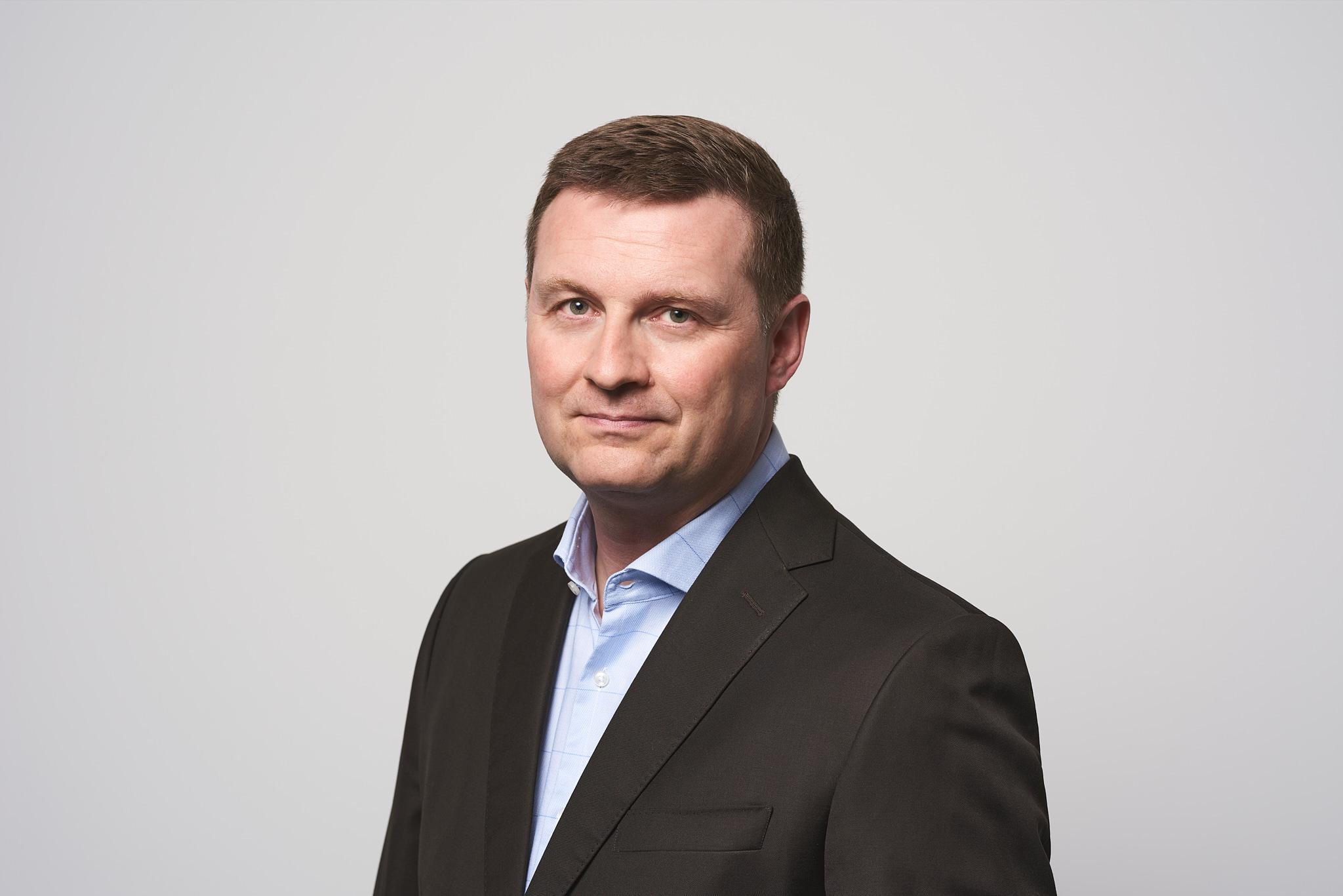
President and principal analyst of Ryan Strategic Advisory
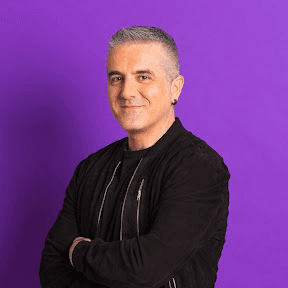
Vice president, trust and safety at TELUS Digital
Explore recent episodes

Suggest a guest or topic
Get in touch with the Questions for now team to pitch a worthy guest or a topic you’d like to hear more about.
Email the show
